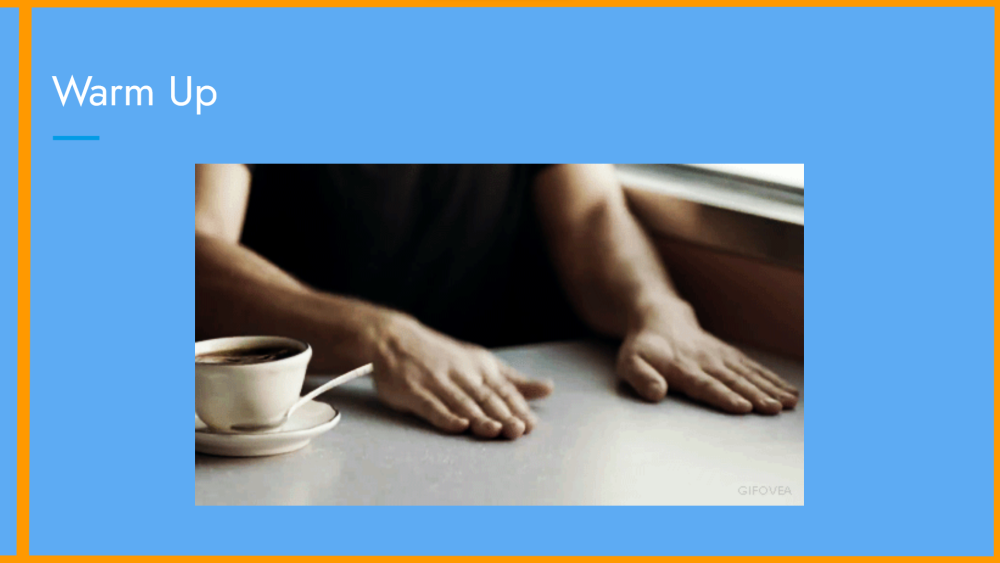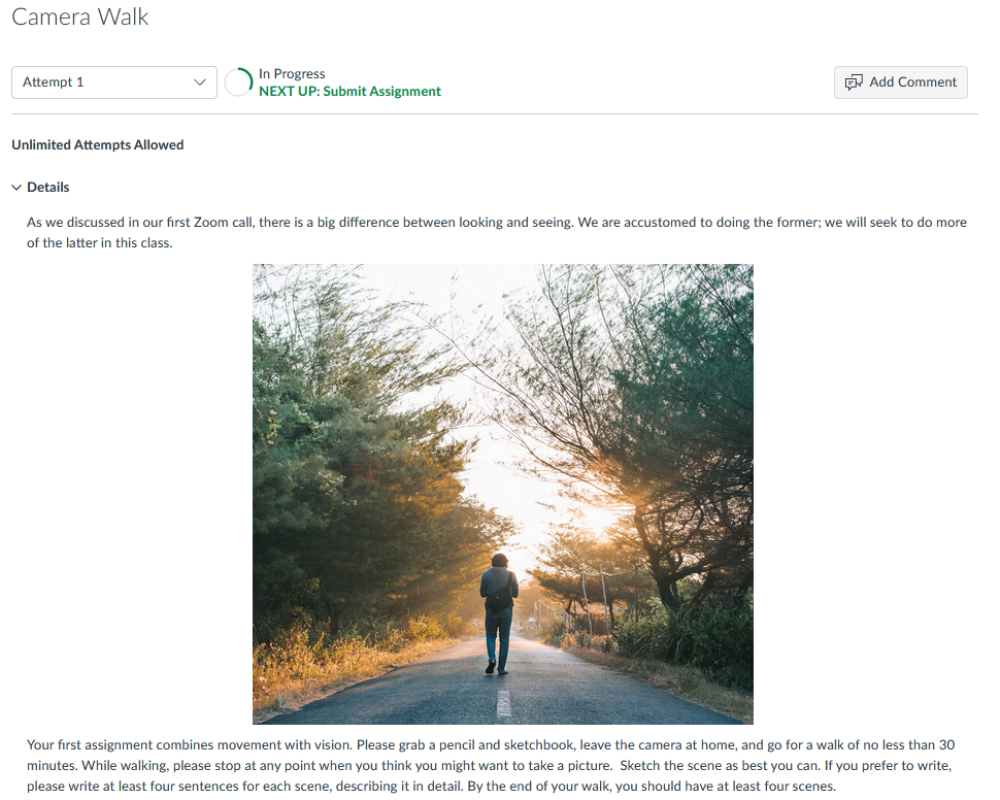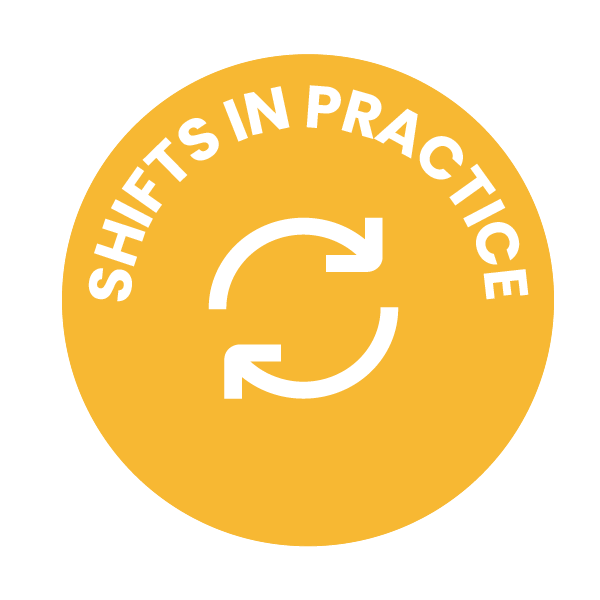The Magic of Movement
I recently observed the finest class I can remember seeing. Taught by one of my colleagues, the class, an English vocabulary review session, had several hallmarks of an engaging lesson: chances for students to exercise agency and collaborative skills, a combination of affirmative and growth-oriented teacher feedback, and an activity that creatively recalled recent class content. The teacher taped sixty notecards of words to one whiteboard. At the other end of the room, there were two whiteboards - one for each team. The goal of the exercise was to show contextual understanding of each word by choosing a notecard and then writing sentences using each word; the team with the highest number of accurate sentences won.
Students took the game very seriously. Seated along two opposite sides of the class, each of them in turn jumped up and sprinted to the large whiteboard, snatched a notecard, bolted to the other whiteboard and wrote as fast as their hands allowed. They then yelled the teacher’s name for her approval of the sentence before quickly handing off the marker to their teammate like a baton. The game took forty minutes of an hourlong block. After the game the students, some of whom sported sweat on their brows, received feedback from the teacher before holding an impressive discussion about the nuances of the vocabulary words. I left the class reflecting on one thing: the relationship between learning and movement.
What We Know
As educators, we have an obligation to help our students learn as effectively and efficiently as they possibly can. Educational research on movement is unequivocal: the more students move, the better they learn. Scientists have long known that exercise positively affects both the prefrontal cortex, the part of the brain that modulates executive functioning, and the hippocampus, which plays a large role in learning and memory. But it’s not just rigorous, sustained exercise that benefits the brain - it’s general physical activity. Dr. John Ratey, associate clinical professor of psychiatry at Harvard Medical School, notes that when we move, we “stimulate all the nerve cells that we use to think with, and when you stimulate those nerve cells, it gets them ready to do stuff,” including better retain and manipulate information that we receive.
The neurologist Wendy Suzuki of New York University writes that when students move around, their brains receive a “bubble bath” of positive neurotransmitters and endorphins. In addition to the benefits of exercise for learning and focus, contemporary researchers such as Paige Harris of the University of California, Santa Barbara have called attention to the social benefits that often accompany movement. Harris, whose work recently received a National Institute of Social Sciences dissertation award for 2023, hypothesizes that physical activity can make those who practice it “more attentive, more patient and better able to regulate their behavior and respond to the needs of others.” In short, movement and physical activity of any kind confers substantial benefits on an individual and group level. Most significantly for teachers, classroom activity seems to have a direct effect on classroom behavior and may indeed affect academic outcomes.
What We Can Do
There are many different ways to incorporate movement in your classrooms. One simple strategy is to start off class with a burst of movement. I have found that doing so pays disproportionate dividends in terms of student focus and persistence. In my own teaching, I enjoy beginning my social studies classes with a game of “Tennis”; I toss a tennis ball to a student and ask them a question about content from previous classes. For other classes that are less content-heavy, I ask my students to create a thirty-second “Class Beat” - one student creates a simple drum beat on the table, and each student around the room quickly adds their own touch until we are all drumming in unison. One of my other off-kilter warmups is to ask kids to practice 4-7-8 breathing for thirty seconds; while it’s not movement as much as a semiautomatic physical process, it activates the parasympathetic nervous system and ensures that students begin class in a serene state. Finally, one of my favorite things to do after a weekend is to ask students to act out, without speaking, their favorite activity from their time away from school.

A Class Beat prompt from a recent Social Studies 8 class.
During lessons, I try to do a few different things. First, in the spirit of the Pomodoro Technique and consistent with research on attention span, I schedule a stretch break of at least 90 seconds in the middle of each block - and during that break, I ensure that each student stands up and moves around. Students know that this break is coming and many jump out of their seats as soon as I announce it. I also make heavy use of activities like Philosopher’s Chair and Fishbowl Discussions to oblige students to express their opinions through movement. One other game that has succeeded this year in my classroom is Speed Dating; after doing separate readings for homework, students face each other in two rows and hold frenzied thirty-second conversations in response to written prompts before one row shifts.
The relevance of movement is not limited to physical classrooms. Educators who work online can make creative use of movement to achieve effects similar to movement in a physical classroom. Students in my GOA classes frequently record short Flipgrid videos for assignments; I ask them to record each one in a different location, enabling them to associate their learning with new surroundings. At the beginning of classes, I often ask students to convey their overall state of wellbeing by holding up a number of fingers. I might ask a simple question that requires a yes/no answer: instead of saying yes or no, I might ask students to cross their arms or to put one hand on their head. Alternatively, I might ask them to make a quick finger sketch of a concept from the previous day’s reading. In digital photography classes, the first assignment is often an extended ‘camera walk’ sans camera. On synchronous calls, I mandate that students get up after forty minutes and physically leave the camera frame.

A ‘Camera Walk’ assignment from a recent GOA Digital Photo class.
There are countless creative ways to integrate movement within the classroom. It is important to remember that providing opportunities for movement should not require an overhaul of teaching approach. Small changes, like a thirty-second physical warmup or a short stretch break, bring rich rewards. By giving students the chance to move, we transform their learning and their overall health. So get moving!
Tom Cahill is a founding faculty member at Manara School in Hurghada, Egypt. At GOA, he teaches Digital Photography and Religion and Society.
For more, see:
- Use It or Lose It: Making Feedback Work for Students
- Four Shifts for Fostering Student Engagement
- 14 Ways Technology Supports a Culture of Feedback

This post is part of our Shifts in Practice series, which features educator voices from GOA’s network and seeks to share practical strategies that create shifts in educator practice. Are you an educator interested in submitting an article for potential publication on our Insights blog? If so, please read Contribute Your Voice to Share Shifts in Practice and follow the directions. We look forward to featuring your voice, insights, and ideas.
GOA serves students, teachers, and leaders and is comprised of member schools from around the world, including independent, international, charter, and public schools. Learn more about Becoming a Member. Our professional learning opportunities are open to any educator or school team. Follow us on LinkedIn and Twitter. To stay up to date on GOA learning opportunities, sign up for our newsletter.
